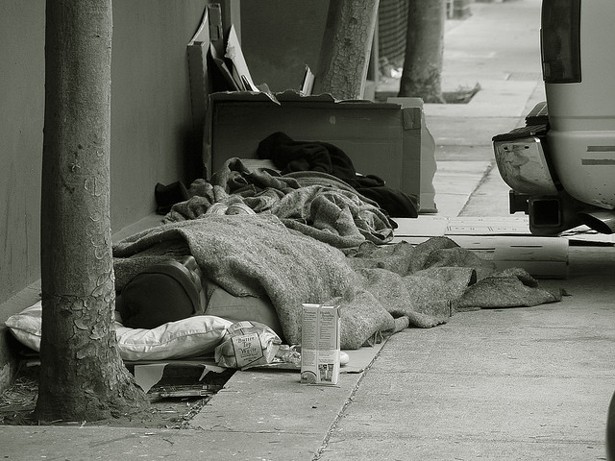| Ms. Skwarchuk and Governor Bullock |
But when you marry this attribute with intelligence, life
becomes interesting and people get uncomfortable. I recently spoke with
Flathead High School student, Sophia Skwarchuk, about a social media app she
created to address the glaring lack of awareness regarding hunger imbalance in
Montana. I expected her to be bright and industrious, but just a few minutes
into the conversation I realized she had a level of empathy that truly makes
her culpable in changing the world.
Hers is not a helpless compassion, either. It doesn’t fall
victim to circumstances and implode with frustration or despair at what is
unfolding around her. Instead, it confronts a heartbreaking need with calculated
pragmatism; it is the strongest type of empathy because it is proactive.
It is terribly frustrating to notice a societal need that seems
to be hiding in plain sight. Nearly 1 in 7 Montanans struggle with hunger, and
approximately 48,000 children live in food insecure homes. These are not
statistics from Port-Au-Prince or Mogadishu or Bogotá. These are mothers in
Helena, grandparents from Havre, and children in Lakeside. People in Montana
are going to bed and waking up hungry and either no one knows or no one cares.
While attending the Governors and First Lady’s Council for
Childhood Hunger, Sophia assessed this problem and began taking tangible steps
to create a remedy for an epidemic plaguing our state. There are resources in
Montana for people experiencing hunger, but access to them was problematic because
they are so decentralized.
So, what if there was a way for someone to find out what was
available in close proximity? One of the most wonderful qualities of the Millennial
Generation is their ability to shrink an enormous world into the size of a
computer app. Sophia knew it was time to enter the fray and utilize social
media to present a lifeline to people who are in danger of drowning in plain
sight.
Her app, Montana Eats, was born with the three-fold purpose to
provide lists of food banks and pantries around Montana, help locate summer
feeding programs, and provide hotlines people can use to for emergency
assistance. But getting from point A to point B required more than having an
idea. Lots of people have ideas. Lots of people wax eloquent about saving the
planet. Lots of people get bored and eventually move on when they realize their
benevolence requires a bit of elbow grease.
But how many people read a book and research the internet so
they can learn how to write a computer code without having any experience in
this area? How many people decide this isn’t enough and discovers there needs
to be an intentionality to the program because the majority of low income
people in Montana have Android and not iPhones?
I know one.
Montana Eats is an indispensable tool in linking people in need
with the proper resources they require to remain healthy. Everything can be
found on one data base that helps people find relief and assistance.
It is people like Sophia Skwarchuk that are conduits for hope
because she understands despair is created by systemic issues that can’t be
wished away. If people are hungry, they need food and if they don’t know where
to find food then all the best intentions in the world accomplish nothing.
Montana Eats is an amazing resource that is helping save lives because one
young lady decided to do something about hunger.
Ingenuity surely is a nice thing.


